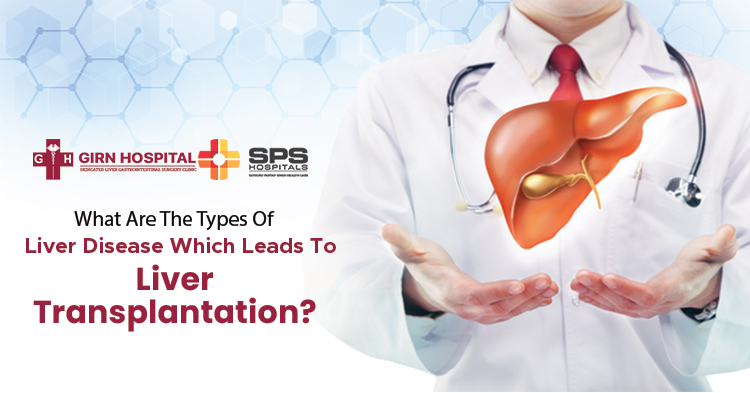

What are the types of liver disease which leads to liver transplantation?
If you or someone in your knowledge has chronic liver failure or end-stage liver disease and medical treatment & surgical options are not working then getting the liver transplant is the ideal choice. Consulting the best doctor at the liver hospital in Ludhiana will help you get the best treatment plan that is strategized as per your condition.
Types of liver diseases which needs Liver transplant
Metabolic Diseases
- Alpha1-antitrypsin deficiency
- Glycogen storage disease
- Type 1
- Type 2
- Type 3
- Type 4
- Wilson’s disease
- Tyrosinemia
- Maple Syrup Urine Disease (MSUD)
- Urea cycle deficiency
- Neonatal hemochromatosis
Intrahepatic Cholestasis
- Idiopathic neonatal hepatitis
- Familial intrahepatic cholestasis (Byler disease)
- Alagille syndrome (bile duct paucity syndrome)
Acute and Chronic Hepatitis
- Fulminant hepatic failure
- Chronic active hepatitis which comes with cirrhosis
- Autoimmune
- Idiopathic
- Viral
- Hepatitis C
- Hepatitis B
Obstructive Biliary Tract Liver Disease
- Primary Sclerosing cholangitis
- Extrahepatic biliary atresia
Traumatic and Post-surgical Biliary Tract Diseases
- Hepatic tumors (liver tumors)
- Hepatocellular carcinoma
- Hepatoblastoma
- Other types of hepatic tumors
Additional Type of Liver Diseases
- Cryptogenic cirrhosis
- Congenital hepatic fibrosis
- Cystic fibrosis
- Caroli disease
- Cryptogenic cirrhosis
Biliary Atresia
Biliary atresia is a common liver problem for which patients need to get liver transplantation. The total percentage for each liver disease which needs liver transplant every year includes the following:
- Biliary atresia: 54%
- Autoimmune and other cirrhosis: 7%
- Congenital hepatic fibrosis: 1%
- Metabolic disease: 14%
- Miscellaneous problem: 7%
- Malignancy: 2%
- Cholestatic liver problem: 4%
- Acute hepatic necrosis: 11%
Types of liver transplant
The occurrence of liver disease is becoming common every year that has increased the chances of getting a liver transplant. Different procedures are included to improve the patient’s condition. Also, the advanced and improved technology is used which have improved the post and pre-care in liver transplant.
Split-liver transplants
In-situ splitting of the liver in which the liver’s cadavers is divided while it is present in the donor’s body and the blood keeps on flowing. This procedure demand has increased a lot because of the way it is performed. The procedure is a great choice in increasing the recipient count that can get transplants from just one liver.
Reduced-liver transplant
Reduced-liver transplants have been in use since 1984. During the treatment, the surgeon takes the cadaver’s liver, and it is placed in a child. This procedure is beneficial for the children as it can effectively deal with the differences and donor weight difference to provide better results.
Living-related donor transplant
In a living-related donor transplant, the adult relation liver is taken in a small portion, and it is given to the child recipient. This type will discard the need for waiting because children do not have to wait for the cadaver donor again.
Whole-liver transplant
Whole liver transplants have been in use for around 50 years. With this type, a healthy liver from the donor is required for a while.
